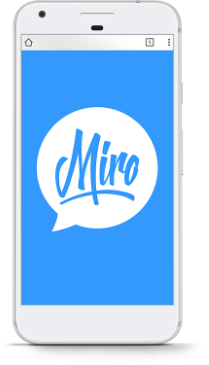
Whilst it might sound trivial, here’s a question that comes up from time to time: should you add a home button to the main navigation of your new website?
It’s a debate I had with a client last week; he wanted a home button and I tried to tell him it wasn’t necessary and would clog up the menu.
My argument was admittedly a huge assumption:
“Most people (P.S. unless you have conclusive evidence, never say ‘everyone’ because it’s a meaningless phrase) know to click or tap the logo to go home because that’s what I do.”
His argument was less of an assumption:
“No they don’t. Because I don’t.”
But how can you make a decision?
1. Do some research
It’s a bit buggy but Google Analytics has a really simple in-page viewer that lets you see what’s been tapped or clicked the most. Explore it, see how many times your logo has been clicked over your home button on your existing site.
(If you want to really go at it then use some heat map software like Crazy Egg.)
If the results say people use the home button and your client is really pushing for a home button, add a home button.
2. Who’s going to be using the site?
If the site you’re building is aimed at a generation who are used to using home buttons, add a home button.
3. What device will most visitors be using?
Tapping a logo on mobile is so much easier than opening up a hamburger menu, finding the home button and tapping it. Most mobile menus are horrible so try to make sure people have to use them as little as possible.
4. Ask yourself: why would they want to go back home?
This, for me, is the big one. If you’ve got your user journey set up right, whether they dive into your site from the homepage or arrive at a landing page, your user shouldn’t want or, even better, need to go back home. You’ve taken them on a ride that means they end up completing a goal. That’s just good design.
Even if you’ve done your research, seen that people use a home button on the current site and your client is still pushing for it, explain to them why the new site doesn’t need one.
You’ve designed it so they don’t need to go home.
You’ve done your job.
Like I said at the start, whilst it might seem trivial, it’s worth considering even the smallest points to make sure you cater for every user, meet the goal you were set and to second guess your own designs that you thought were perfect.

